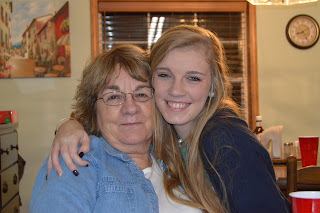Biomechanics Blog #2
There are a number of reasons why palpating bony landmarks on clients are beneficial in practice. When measuring range of motion (ROM) and performing manual muscle testing (MMT), it is absolutely imperative to perform the task. Palpation helps in placing the goniometer to get an accurate read of the angle and degree of motion. If the instrument is not lined up correctly, you can get invalid readings for the results. This task can also help increase interrater and intrarater reliability. It helps when there are multiple therapist because they both should measure the same way and at the same spots, and if they both measure by the bone, they should coincide because the bone will not relocate based on the therapist. In the same way, palpation helps when only one therapist is measuring the ROM and MMT because they will use the boney landmarks to measure from the same place each time.
When doing MMT on a client, the test position is crucial in recording the most accurate results. The clinician must know where to apply force, where to stabilize the joint, and where to feel for the movement. The optimal place is in the mid-range of movement where the best muscle contraction occurs. Most clients will be able to exert enough energy and strength to perform the action the therapist asks against the force of gravity, however, some individuals will need to participate in modified conditions and be in a gravity-eliminated environment. This just means that the client does not have to worry about gravity being a factor because they do not have to work against it. In many cases, the movement or action is parallel to the ground.
When doing MMT on a client, the test position is crucial in recording the most accurate results. The clinician must know where to apply force, where to stabilize the joint, and where to feel for the movement. The optimal place is in the mid-range of movement where the best muscle contraction occurs. Most clients will be able to exert enough energy and strength to perform the action the therapist asks against the force of gravity, however, some individuals will need to participate in modified conditions and be in a gravity-eliminated environment. This just means that the client does not have to worry about gravity being a factor because they do not have to work against it. In many cases, the movement or action is parallel to the ground.



Comments
Post a Comment